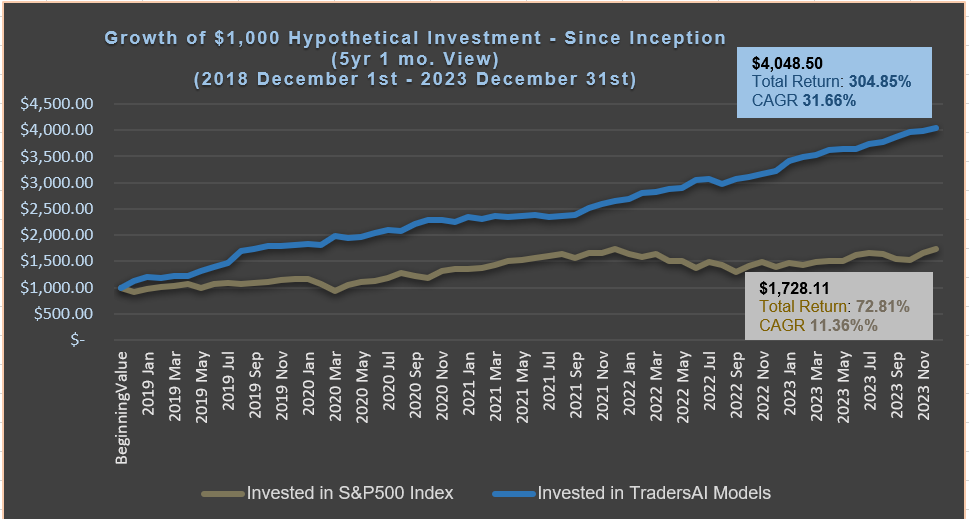We have recently decided to publish the “WHAT and HOW” series of articles after receiving queries about some of the terms we routinely use in our forecasts and trading plans.
While we intend to help the readers who may not be familiar with the various trading related terms and concepts and tools/order types, we encourage the readers to read up on the terms/concepts elsewhere on the internet where there are many excellent educational sources available. While we try to explain these in our way, we may point to additional information/sources that might give you much better and deeper understanding. Use these articles in ways that best fit your style/needs/level.
WHAT is a “Trailing Stop” and HOW does it work?
A trailing stop is an order pre-set to a certain distance from the current market price. If put on a long position (a position you bought), it would adjust upwards – tick-by-tick – while the market goes up, but does not change when the market comes back down (works the other way for a short sell position). This will help you to participate in the upside move while potentially helping you minimize your losses in case of a down move – all this while you are not required to and personally/manually adjust the stop level.
For example, consider you bought IBM stock at $100 (hypothetical example only – NOT any recommendation to buy or sell any specific stock). Say you are going on a vacation where there is not goign to be Internet access and are concerned about geopolitical risk potentially causing big moves and do not want to get caught in a wild swing downwards where IBM might drop to $85. Your tolerance to the losses is up to, say, $93 – for what ever reason, your analysis tells you that, the stock might drop much further if it drops to $93 from your bought level of $100.
One option is for you to place a “stop loss order” at $93. In this case, you are willing to take no more than $7 loss per share on your bought position.
Now, imagine that the stock went up and up as high as $115 in a few days. And, then, some macro event makes the whole market to start moving down in a bearish manner. In a few more days, let’s say IBM dropped from $115 all the way down to $91 and stabilized there.
In this case, your “stop loss” order will be executed at $93 (assumign it is a “stop loss, market” order, and that your broker’s execution filled it exactly at $93). But, if you were sitting in front of the quotes all the time, you probably would have adjusted your sell order to something like $105, but since you put a “stop loss” when the market was at $100, you could not have known that in advance. This is the limitation of a “stop loss” and this is where a “trailing stop” is very handy and useful!
With a trailing stop of $7, initially your underlying “stop loss” would be placed at $93, just as in the regular “stop loss” order. However, as the stock goes up, this “underlying stop” level is adjusted upwards – point to point – as well. Thus, if the stock has gone up from $100 to $110, your “trailing stop” would move the “stop” level from $93 to $103.
So, when IBM has reached to $115, your “trailing stop” will move to “$108” (still trailing the market price by $7). But, as the price comes down, the stop level remains at the same $108 level. Thus, on the downward move from $115 to $91, you are not only protecting yourself from losses when dropping below $100, but actually protecting your profits! Thus, “trailing stop” is not just a “stop loss” (as the traditional “stop loss” orders are for), but a “dynamic stop level” order to protect the position from unfavorable moves while still allowing to capture any and all the favorable move!
Hope this helps you understand the “WHAT and HOW” of the “Trailing Stop” orders.
For further information/understanding, you may want to read further this article that we find well presented: https://www.wikihow.com/Use-a-Trailing-Stop-Loss
Trailing Stop in Action:
In the intraday update we published today morning around 11am (Monday, 2018/07/09), you read the following:
In the trading plan for today – published last night – you read: “If the current long is intact and if the index rises above 2770, put a trailing stop for 12 points and let the position ride or the stop get hit for a profit.” (click here for the full report)
Within less than an hour into the session Monday morning, the index indeed rose to a session high of 2776.57 and hence the trailing stop now has a trigger level of 2764.57 (as of the writing of this, @10:40am EDT, the index trading at 2774.85).
Within less than an hour into the session Monday morning, the index indeed rose to a session high of 2776.57 and hence the trailing stop now has a trigger level of 2764.57 (as of the writing of this, @10:40am EDT, the index trading at 2774.85).
If you felt a bit lost with the reference to “trailing stop”, we hope that now you understand what the trading plan above was talking of.
As hypothesized in the second paragraph above, after the article was published, the S&P 500 Index went up as high as 2783.38 – and, so did our trailing stop, which moved the trigger level of the underlying “stop” sell order from 2764.57 all the way up to 2771.38 (exactly 12 points below the 2783.38 level the index reached).
So, as of this writing (@3pm EDT, on Monday, 2018/07/09), the long positions entered by our models have a trailing stop to sell with the trigger level set at 2771.38, thus locking in profits of about 26 points (short term models bought the long position at 2745.50), even if the market were to fall back below 2740.
Hope this further helps to solidify your understanding of the utility and the usage of the Trailing Stops that we routinely refer to in our forecasts and trading plans.
Happy Investing/Trading!





